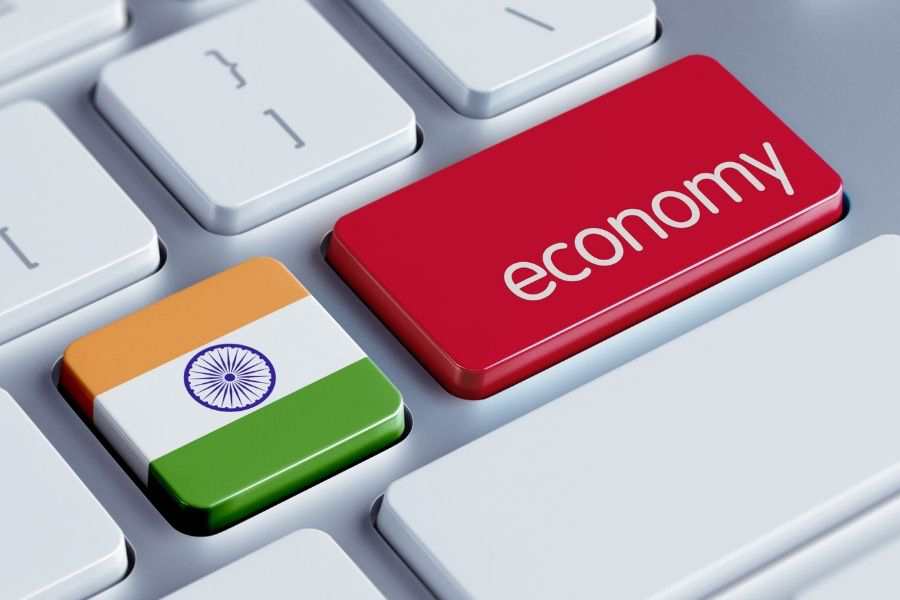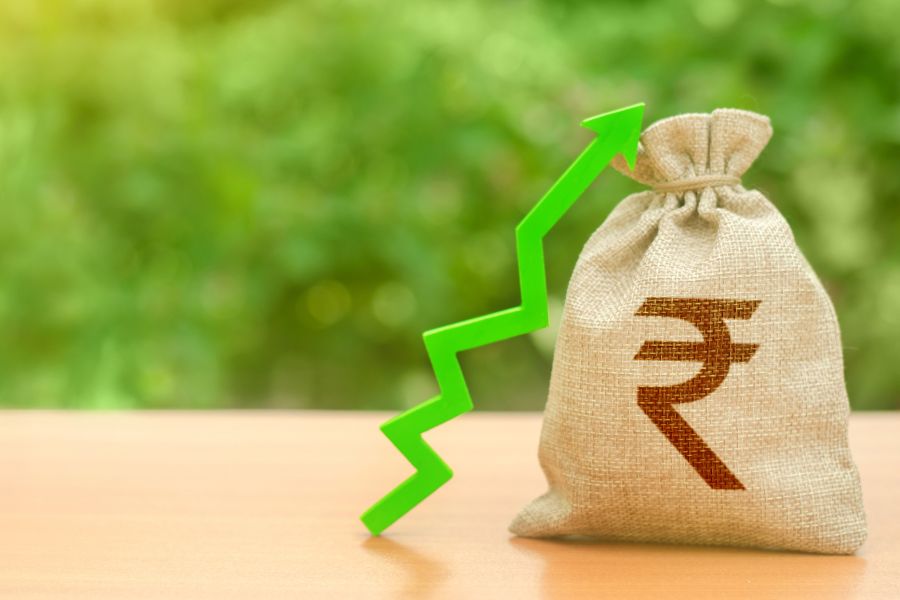India’s retail inflation upsurge, to persist for the coming months
India’s retail inflation surged to 4.81% in June, from a 25-month low of 4.25% in May. The upsurge in vegetable prices and a less supportive base further raised the CPI inflation.
The consumer-price index (CPI) based inflation in June, has remained within the Reserve Bank of India’s (RBI) tolerance range of 2-6% for the fourth consecutive month. However, the uneven monsoon rains in the country will further drive food inflation in the coming months.

Image Credit: Pexels
According to the official data released by the Ministry of Statistics and Programme Implementation, retail inflation for the month of June 2023 rose to 4.81% for the first time in five months. It was pushed up by a rise in vegetable prices and the waning of the favourable base effect.
At 4.81% the Consumer Price Index (CPI) inflation for June logs the average for the first quarter of 2023-24 to 4.6% which is in line with the prediction by the Reserve Bank of India (RBI).
Though the inflation rate remained within the Reserve Bank of India’s (RBI) tolerance band of 2-6% for the fourth consecutive month, it still hovers above the RBI’s medium-term target of 4% for the last 45 months consecutively. The retail inflation had, earlier struck a 25-month low of 4.25% in May and reached a high of 5.66% in March.
What does the data say?
Rural inflation stood at 4.72% while urban inflation was recorded at 4.96%. The food inflation saw a sharp rise to 4.49% from 2.96% in May.
The inflation is, however, lower than 7.01% in June 2022. The inflation was mainly driven higher by food and beverages where the consumer price index (CPI) jumped to 183 in June from 179.1 in May.
The pan, tobacco, and intoxicants inflation rate stood at 3.65%. Clothing and footwear saw an inflation of 6.19%. The housing inflation stood at 4.56%. Fuel and light inflation was recorded at 3.92% while the miscellaneous saw an inflation rate of 5.19%.
The Consumer Food Price index of the CPI increased 2.5% month-on-month, led by the soaring vegetable prices, whose index jumped 12.2% from May. Although the year-on-year inflation rate of -0.93% for vegetable prices was lower as compared to June 2022.
The month-on-month jump in prices was also witnessed for meat and fish at 3.8%; pulses at 3.4%; eggs at 5.5%; and spices at 2.3%. The inflation rate for cereals increased marginally to 12.71% from 12.65% in May.
The index for clothing and footwear rose by 0.4% month-on-month. For the miscellaneous category, which includes certain services and household goods, the inflation increased month-on-month by 0.3%. The fuel and light category recorded an increase of 0.1%.
Core inflation (inflation excluding food and fuel items) has largely remained unchanged at 5.1% but is expected to moderate over the next few months.
The price data is collected from the selected 1,114 urban markets and 1,181 villages covering all states/UTs. The data is collected through personal visits by field staff of the Field Operations Division of the National Statistics Office (NSO), and the Ministry of Statistics and Programme Implementation (MoSPI) on a weekly schedule. During the month of June 2023, NSO collected prices from 98.9% villages and 98.4% urban markets.
What to expect in the coming months?
The uneven monsoon rainfall has damaged the crops of some perishable foods and impeded the movement of various goods. Consequently, this creates a shortage of many food products/commodities {like tomatoes, chillies, and onions), across the country. So the pressure on food prices is likely to persist over the coming months.
Further, due to the below-normal rainfall in the month of June, the Kharif sowing has been 8.7% less on a year-on-year basis. As 50% of the total kharif sowing is done in the month of July, a well-distributed rainfall in this current month, across India, will be crucial.
According to ICRA’s Chief Economist Aditi Nayar, “Amidst the ongoing excess rainfall in North India, the surge in the prices of perishables, particularly vegetables, is likely to harden the food inflation further in the immediate term. Besides, the impact of El Nino on monsoons and sowing in India needs to be carefully monitored.”
Policy measures to contain retail inflation
Fiscal policy intervention by the government is being expected through price stabilisation measures like releasing of stocks, facilitating imports, and restrictions on hoarding, in order to subsume the rising prices.
The RBI’s Monetary Policy Committee is scheduled to meet from August 8 to 10. It had earlier left the repo rate unchanged at 6.5% in its last two meetings. On June 8, it announced that it stood ready to take further monetary action if needed ‘to keep inflation expectations firmly anchored and to bring down inflation to the 4 per cent target’.
Mr. Suvodeep Rakshit, Senior Economist, Kotak Institutional Equities said, “The RBI will remain cautious and we continue to expect the RBI to remain on an extended pause as it watches for the domestic growth-inflation mix and global monetary policy decisions.”













Leave a comment